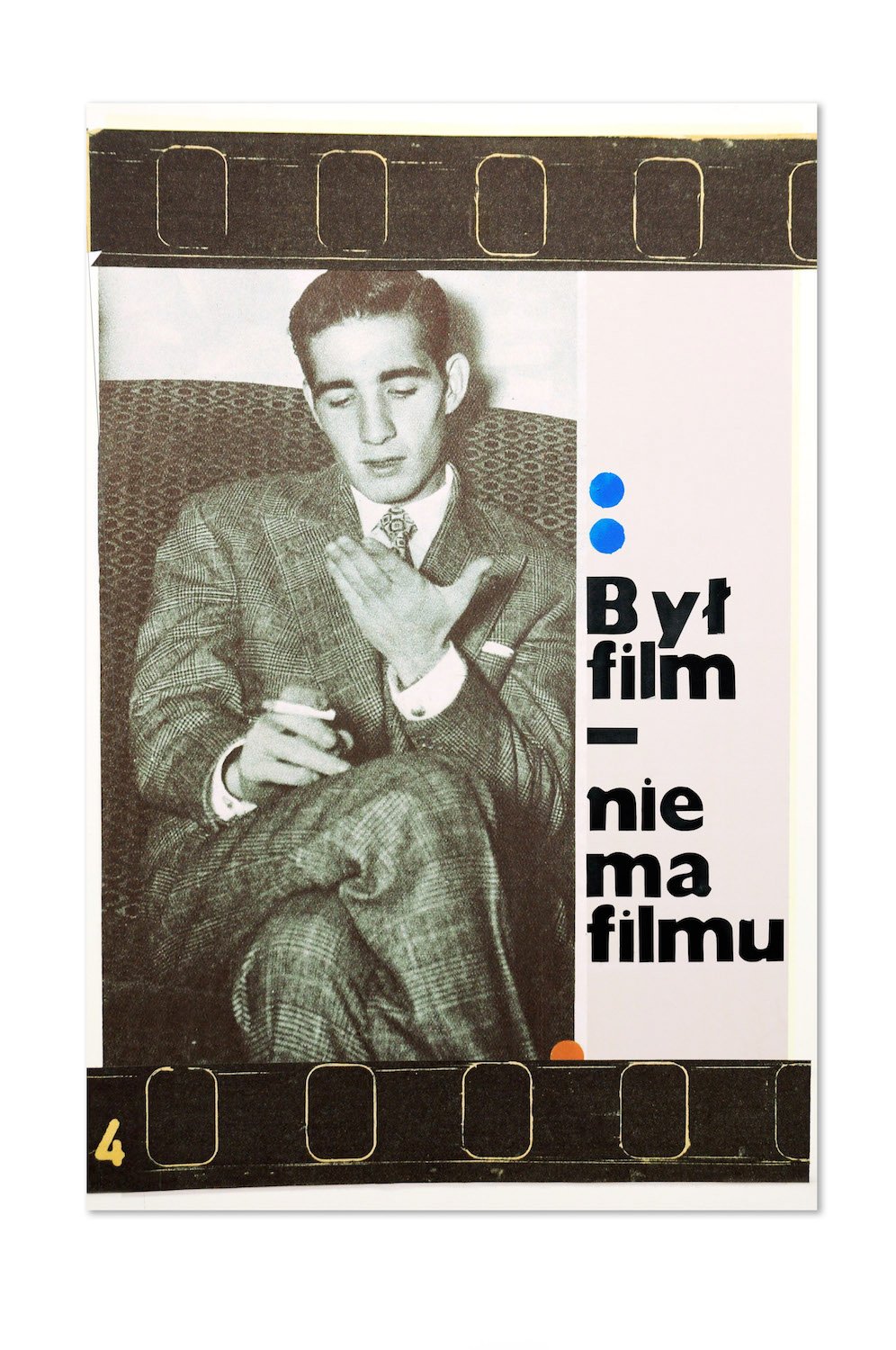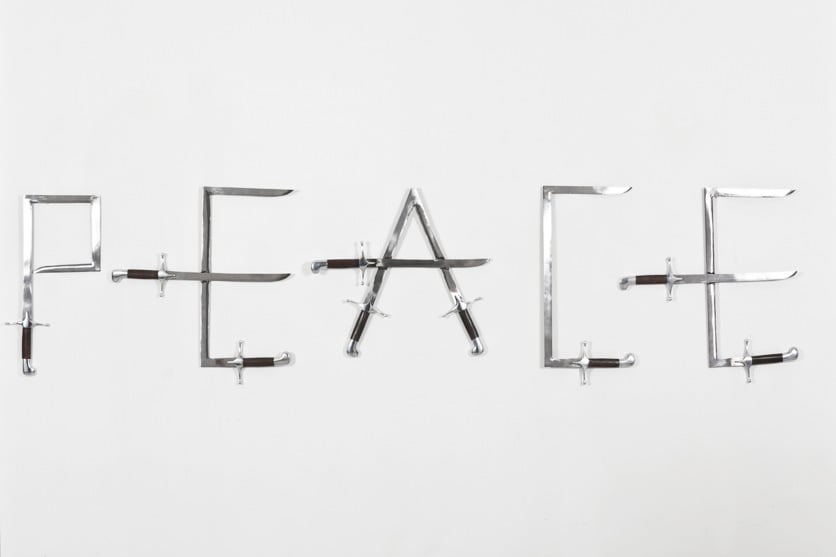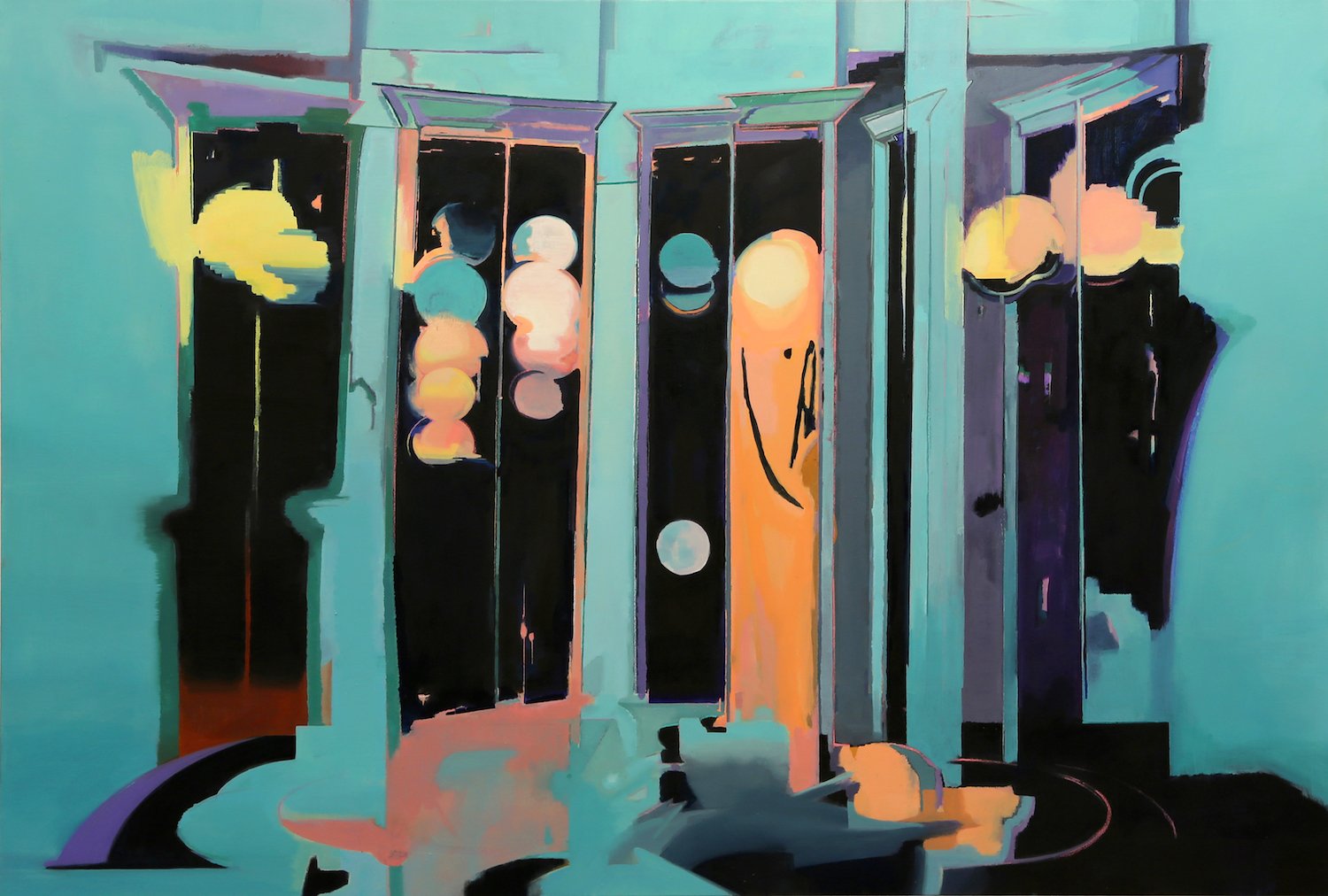Art Fairs
Niru Ratnam, Director of London’s START Art Fair, on Why Diversity Matters Now More Than Ever
The third edition of the boutique fair that explores emerging scenes takes place next week.

The third edition of the boutique fair that explores emerging scenes takes place next week.

Lorena Muñoz-Alonso

Next week, the third edition of START art fair will open its doors at the palatial Saatchi Gallery in London’s King Road, bang in the middle of the affluent borough of Chelsea. But despite its prime location, this boutique fair is not your usual blue chip affair. Instead, START, which this year will gather 60 galleries from 35 cities, highlights art and artists from emerging scenes, from Cape Town to Hanoi, bring exposure to the unpredictable and fresh rather than the usual suspects found at fairs all over the world.
The punch and success of this young fair is in no small measure due to its energetic director, Niru Ratnam, who took the helm of START fair just six weeks prior to its debut edition in 2014. Ratnam—who worked previously as Head of Development for the fair Art14 and was also Associate Director at Frith Street Gallery in London, in addition to being an opinionated art writer—is a staunch believer in the global focus of the fair. In a conversation with artnet News he explains why this international approach is so important right now, and reveals which booths and projects he is most excited to see this year.
What can you tell us about the third edition of START? Do you have any specific highlights in mind?
We are continuing with our focus on emerging artists and new art scenes. I think in the wake of Brexit and the rise of Trump it’s really important, more than ever, to celebrate the way the art world has become much more international over the past few years, with art scenes emerging all over the world. To bring galleries together so that an artist from Tehran can exhibit next to an artist from London, who is next to an artist from Tbilisi, is really important.
I’ve definitely got a few artists I already have my eye on—I love the Lin&Lin’s combination of Lai Chiu-Chen and Liu Shih-Tung. I also used to exhibit lots of Rijksakademie alumni as a gallerist, so I’m looking forward to seeing Caterina Silva’s new work at Bosse & Baum. And the young Polish artist Piotr Krzymowski at l’étrangère does really interesting work referencing the visual language of Polish film posters.

Piotr Krzymowski, Byt film Nie ma filmu (there was a film, there is no film) (2016). Courtesy l’étrangère.
There are some changes this year: I noticed that there won’t be a “This is Tomorrow” section, which was one of the highlights for me last year. Why is that?
This Is Tomorrow is still there! It’s just re-titled START Solo. Having chosen the title “This Is Tomorrow” last year referencing a seminal show from the 1950s [at London’s Whitechapel Gallery], I realized that a few other things used the title as well, so it got a bit confusing!
Will it still feature the large number of curated projects and exhibitions we enjoyed last year?
The curated projects are super-important and look at new art scenes in more depth. We wanted to show the way that artists mentor younger artists in new art scenes, so we have a presentation of Iraqi-born artist Mahmoud Obaidi but also a section of younger artists who have done the residency program at the Fire Station in Doha that he’s curated. And there’s a really vibrant showcase of a new generation of Taiwanese artists.

Mahmoud Obaidi, Peace, Project Confusionism (2013). Courtesy START fair.
What makes START unique, in the London landscape in particular and in the saturated global art fair landscape at large?
We try to have quite a tight focus—on emerging artists and new art scenes. So the emphasis is very much on discovering artists and galleries who are new to you. Lots of these galleries are new to London audiences, so hopefully that gives the fair a little bit of a unique flavor. The fair is also part of an increasing trend to have art fairs in museums, which is just generally a nicer experience than a trade hall.
Although bigger this year with over 60 exhibitors, START is still a small fair. There is a growing trend of small, tightly curated “boutique art fairs,” like Independent, ARCO Lisboa, CHART Art Fair, Art-O-Rama, Paris Internationale… etc. Meanwhile, some traditionally larger fairs are also reducing their number of exhibitors, as seen recently in Art Brussels, or a few years ago in ARCO Madrid. Do you think that, right now, for art fairs, less is more?
I think fair organizers are realizing that viewers, no matter how expert, can only meaningfully look at a certain amount of art and artists at a fair. At a certain point, no matter how good a fair is, it becomes a blur, which means that the good stuff you seen gets forgotten. Also in terms of collectors, it just gets too confusing if there is too much to see.

Su Yu-Xin, Reading the Moon (2015). Courtesy of Mehta Bell Projects.
The dreaded Brexit negotiations were put on hold for the summer season, but have now resumed. What are your thoughts on it, how do you think they will affect the British art market?
What Brexit really means is still unclear, as it seems very unlikely that too much is going to happen too soon. However, I would certainly expect less speculation for a while, at least in the London auction houses. I was an art dealer in the early 2000s, when there wasn’t the huge boom in London that there has been in recent years, and there were still really good collectors for interesting emerging art. But as I said earlier, I think the most important thing is to make a statement on where I think the majority of the UK’s art world are on this matter, and so to affirm an international outlook.
In your work and writing, you have been a great advocate for diversity and for a global, de-centralized approach to art. How are you living the recent political changes taking place not only in the UK, but in the world, with a rise in nationalistic rhetoric? What’s the role of art in times of political and social upheaval?
This is a super-interesting question! It’s worth noting that when debates around globalization started in the art world, there was a note of caution among the more positive celebratory tone. So a text like Antonio Negri and Michael Hardt’s Empire argued strongly against a form of globalization that was purely concerned with economic globalization. Similarly, many of the works in the Okwui Enwezor’s Documenta XI showed a more problematic side of globalization to do with the exploitation of labor.
I have, as you say, strongly advocated a globalized approach to art—as I think that the cultural side of globalization is needed, and needs to be stressed as a way of counter-acting the purely economic side of globalization. That latter part of globalization is what creates the feeling of there being winners and losers, which contributes to phenomena such as Brexit. And I think its fair to say that many corporations and politicians did not quite fully think through pursuing a strong economic agenda around globalization without strongly linking it to the benefits of cultural globalization—and when they did, in terms of Brexit, it was too late. So, in terms of living the recent political changes, I am more convinced than ever that is important to affirm a belief in what cultural globalization can bring to all of us.
The third edition of START art fair will take places at the Saatchi Gallery, London, from September 15-18, 2016.